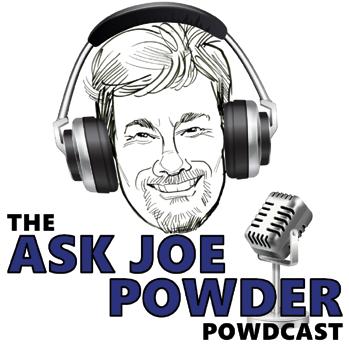ANALYSIS
SPECIAL ISSUE ON AUTOMOTIVE
Lean Manufacturing: How to Translate it from a Concept into Reality with the Right Logistics, Production, and Storage Structures Mirko Migliorini FlexLogik Srl, Galliate (Novara, Italy)
mirko.migliorini@flexlogik.it
M
aximising value by reducing waste.
possible, while eliminating any kind of waste.
and translated into what we now know as
This summarises the industrial
Waste is anything that does not add value
“lean manufacturing”. This is a mindset,
approach that Toyota developed
to the product or service in the eyes of the
a working philosophy that encompasses
in 1950 to become more competitive against
customer. This gives rise to a corporate culture
various methods that realise it, with the aim
US companies. It involved the introduction
that ensures that each individual employee
of achieving a value-added result for the
of a new production system (afterwards
sees their processes through the eyes of the
customer. It includes organisational models,
known as the “Toyota Production System”
customer, with a view to the creation of value
technologies, and technical solutions for
but also as “Toyotism”) based on a simple yet
and therefore on the prioritisation of what
improving the functioning of the company
powerful idea: do more with less. Translated
such value is for the company and what the
while reducing any waste of time, space, and
into industrial terms, this means using as
value stream is.
materials. FlexLogik understands the concept
few resources as possible, as productively as
The TPS was then studied, westernised,
of lean manufacturing in a very practical way: saving even just five minutes every time you make, move, or store something quickly translates into thousands of Euros in savings. By eliminating even half of the waste hidden in the folds of industrial production, it is possible to gain in efficiency, yield, satisfaction, market position, and company strength.
From theory to practice How can this approach be implemented? By using highly efficient, robust, logical, and flexible handling, storage, and production systems. FlexLogik’s design department ingeniously exploits space and gravity, studies and optimises routes, and simplifies procurement operations to offer solutions capable as follows: • Increasing usable space by 10 to 60%; • Increasing productivity by 15 to 100%; • Decreasing working hours by 15 to 60%; Decreasing the distance travelled by each © FlexLogik
A lean workstation (on the left) and a lean special trolley (on the right) for lean manufacturing within the FlexLogik range of products.
82
N. 76 - JULY/AUGUST 2022 - international PAINT&COATING magazine
© FlexLogik
batch by 20 to 95%.1 Statistical data from the field before and after the implementation of FlexLogik systems.
1





















